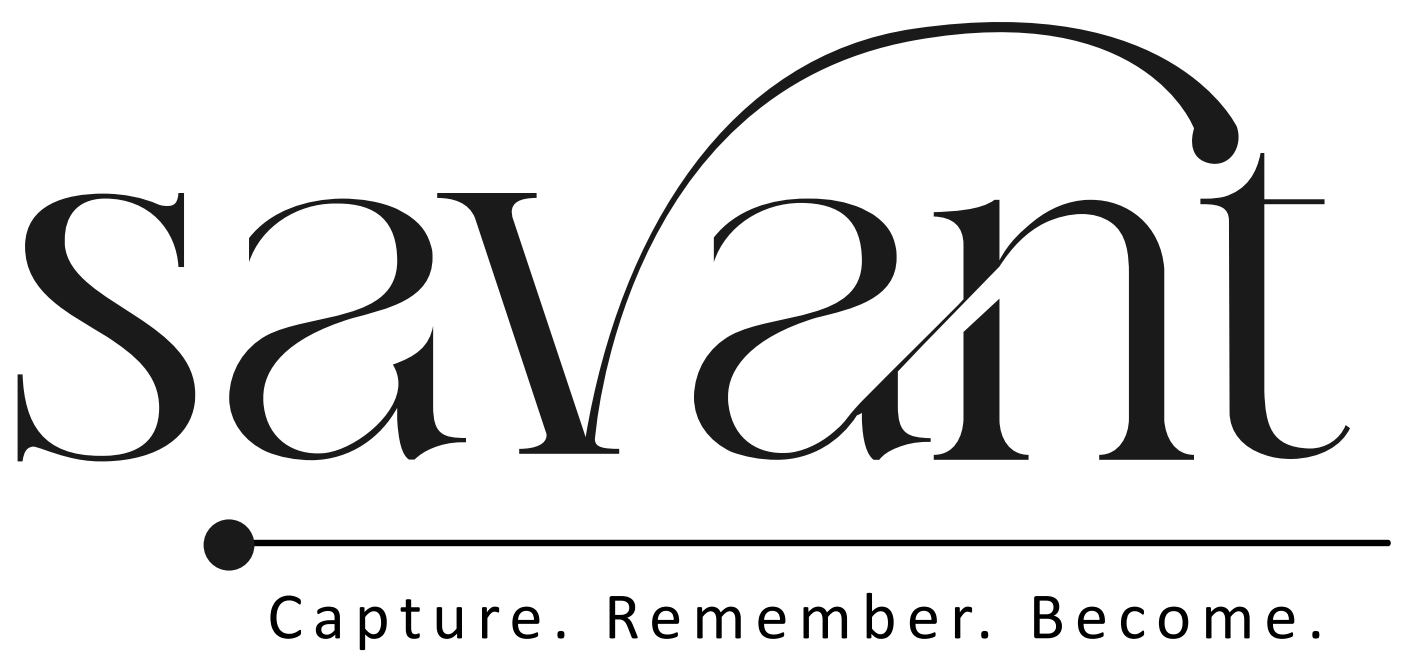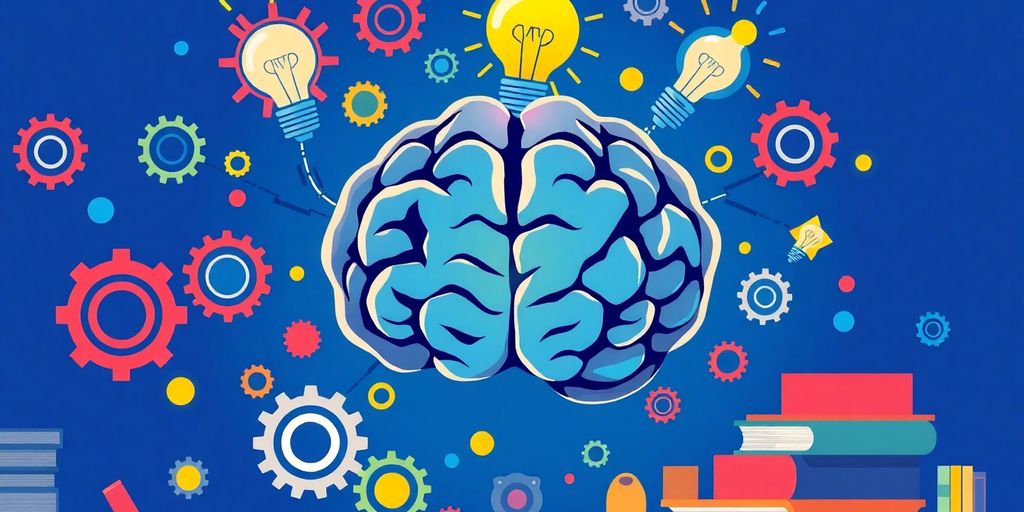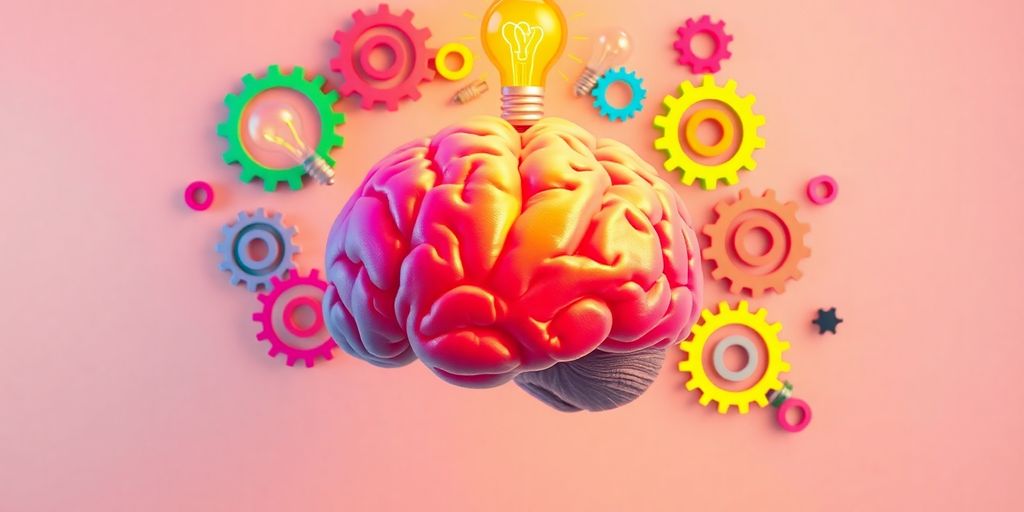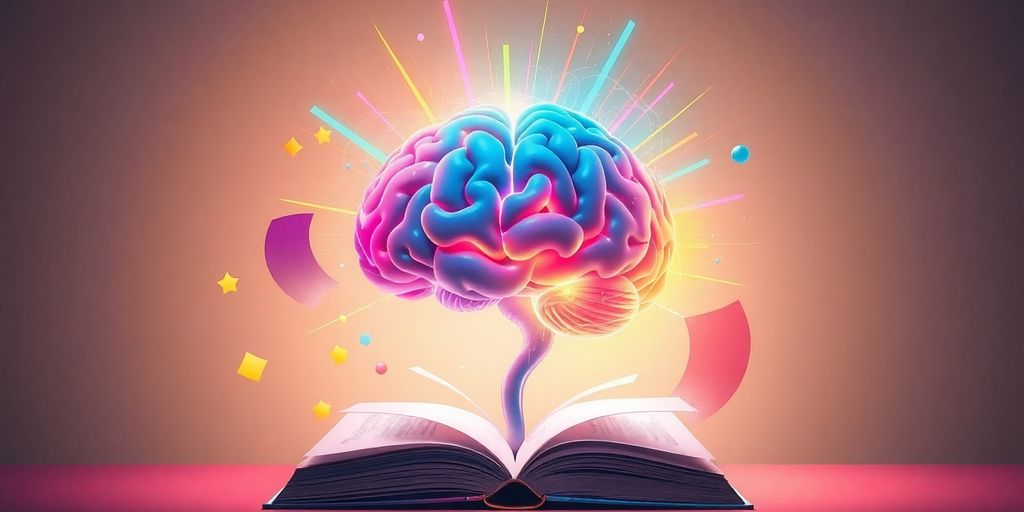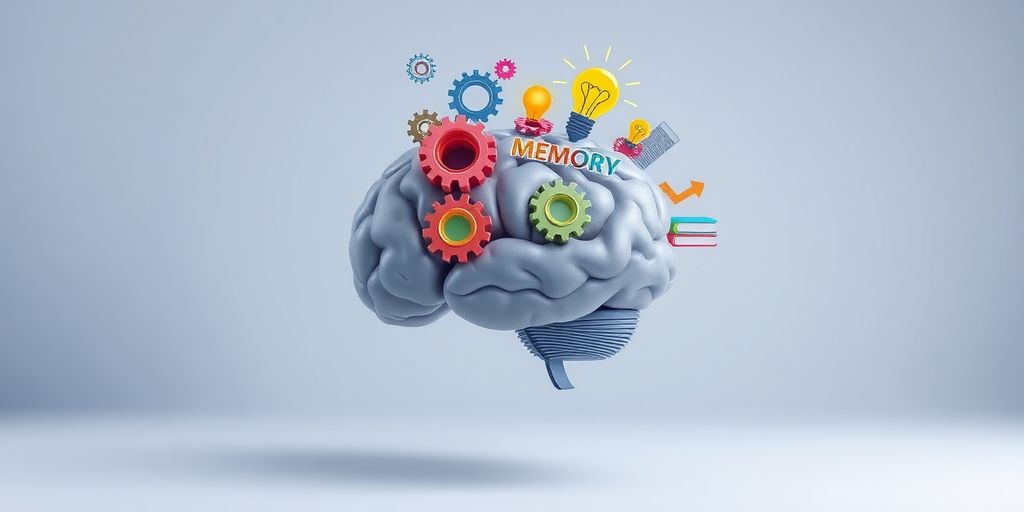Learning new information can be a fun and exciting journey. By using effective strategies, anyone can improve their ability to absorb and retain knowledge. This article will share simple and practical methods that can help you unlock your mind and enhance your learning experience.
Key Takeaways
- Adopting a growth mindset helps you see challenges as chances to improve.
- Using active learning methods makes studying more engaging and effective.
- Spaced repetition is a smart way to remember things longer.
- Taking good notes helps organize your thoughts and makes reviewing easier.
- Incorporating technology can enhance your learning experience.
Adopting a Growth Mindset for Effective Learning
A growth mindset is all about believing that you can improve your skills and intelligence through hard work and dedication. This mindset helps you see challenges as chances to grow rather than obstacles. Here are some key points to consider:
Embracing Challenges as Opportunities
- When you face a tough situation, think of it as a chance to learn something new.
- Instead of avoiding difficult tasks, tackle them head-on.
- Remember, every challenge is a step towards becoming better.
Learning from Mistakes and Failures
- Mistakes are not the end; they are part of the learning process. Learning from errors helps you improve.
- Reflect on what went wrong and how you can do better next time.
- Celebrate your failures as they lead to growth and understanding.
Cultivating Curiosity and Lifelong Learning
- Stay curious! Ask questions and seek out new knowledge.
- Make learning a lifelong journey by exploring different subjects and interests.
- Surround yourself with people who inspire you to learn and grow.
Embracing a growth mindset is about building a mental framework for thinking about new challenges. It helps you stay open to feedback and new ideas, making learning a lifelong journey!
Utilizing Active Learning Techniques
Active learning is all about getting involved in your studies. Instead of just reading or listening, you do activities that help you understand and remember better. Here’s how you can make the most of it:
Engaging Multiple Senses
Using different senses can really help you learn better. When you see, hear, and touch information, it sticks more. For example:
- Visual aids like charts and diagrams help you see connections.
- Auditory tools like podcasts or discussions let you hear different perspectives.
- Hands-on activities like experiments or models let you feel the concepts.
Interactive Learning Methods
Interactive learning is super fun and effective! Here are some techniques:
- Group discussions: Share ideas and learn from each other.
- Role-playing: Act out scenarios to understand concepts better.
- Quizzes and games: Make learning a competition to keep it exciting!
Benefits of Active Participation
When you actively participate, you gain a lot:
- Better understanding of the material.
- Improved memory retention.
- Increased motivation to learn.
Remember, the more senses you use, the better you’ll remember! By applying these active learning strategies, you can enhance your memory and make studying more enjoyable. Active learning is a method that involves students participating in the learning process through practical and firsthand experience.
Mastering Memory Enhancement Strategies
When it comes to learning, having a good memory is super important! Here are some fun and effective ways to boost your memory skills.
Using Mnemonics and Visualization
Mnemonics are memory tricks that help you remember information better. For example, you can create a silly sentence where each word starts with the same letter as the items you need to remember. Visualization is also powerful; try to picture the information in your mind. Here are some tips:
- Create a story that links the items together.
- Use colorful images to represent concepts.
- Draw diagrams to visualize relationships.
Implementing Spaced Repetition
Spaced repetition is a smart way to study! Instead of cramming all at once, review the material over time. This helps your brain remember things longer. Here’s how to do it:
- Review your notes after one day.
- Go over them again after a week.
- Keep revisiting the material at longer intervals.
Practicing Active Recall
Active recall means testing yourself on what you’ve learned. This technique is super effective for memory retention. Here are some ways to practice:
- Use flashcards to quiz yourself.
- Write down everything you remember about a topic without looking at your notes.
- Teach someone else what you’ve learned; explaining it helps reinforce your memory.
Remember, improving your memory takes practice and patience. By using these strategies, you can make learning easier and more enjoyable!
Effective Note-Taking Methods

Taking notes is a key skill for students that can greatly improve how they learn and remember information. Here are some popular techniques to help you take effective notes:
The Cornell Method
The Cornell Method is a fantastic way to organize your notes. You divide your paper into three sections:
- Cues: A narrow left column for keywords or questions.
- Notes: A wider right column for main ideas and details.
- Summary: A bottom section to summarize the main points.
This method helps you review and reflect on what you learned, making it easier to study later.
Mind Mapping
Mind mapping is a fun and creative way to take notes. You start with a central idea and branch out with related topics. This visual method helps you see connections between concepts, making it easier to remember them. It’s especially useful for visual learners who enjoy seeing how ideas relate to each other.
The Outline Method
Using the Outline Method, you organize your notes in a structured way. Create headings and subheadings to show the relationships between different ideas. This method is great for subjects that have a clear hierarchy, like history or science.
Remember, the goal of note-taking is to make studying easier later on! Experimenting with different styles can lead to better learning outcomes.
Incorporating Technology in Learning
In today’s world, technology is a game changer for learning. Using the right tools can make studying more fun and effective! Here are some popular options:
Top Educational Apps
- Flashcard Apps: These help you memorize facts quickly.
- Learning Platforms: Websites like Khan Academy offer free courses on various subjects.
- Interactive Games: Learning through games can make tough subjects easier to understand.
Using Online Resources
The internet is packed with resources that can enhance your learning experience. Here’s why online resources are awesome:
- Flexibility: Learn at your own pace, anytime, anywhere.
- Variety: Choose from countless topics and formats.
- Expert Guidance: Many courses are taught by professionals in the field.
Benefits of Digital Tools
Embracing technology in your studies can open up new ways to learn and remember information. By using technology wisely, you can unlock your brain’s potential and enhance your memory skills.
In summary, leveraging technology can significantly boost your learning experience. By using educational apps, online resources, and interactive tools, you can make studying more effective and enjoyable!
Time Management for Learners
Managing your time well can make studying easier and more effective. Here are some strategies:
Prioritizing Tasks
- Identify what’s most important: Make a list of tasks and rank them by urgency and importance.
- Break down big projects into smaller, manageable tasks.
- Use a planner to keep track of deadlines and assignments.
The Pomodoro Technique
The Pomodoro Technique is a fun way to manage your study time! You work for 25 minutes, then take a 5-minute break. This helps keep your mind fresh and focused. Here’s a simple table to help you visualize:
| Study Time (minutes) | Break Time (minutes) |
|---|---|
| 25 | 5 |
| 50 | 10 |
| 90 | 15 |
Balancing Study with Other Responsibilities
Finding the right balance between studying and taking breaks is key. Here are some tips:
- Set specific times for studying each day.
- Include breaks to recharge your brain.
- Communicate with family and friends about your study schedule to gain their support.
Remember, building effective time management skills takes time and practice. Stay positive and keep pushing forward! Plan ahead to make the most of your study time.
Creating a Positive Learning Environment
Creating a positive learning environment is essential for effective learning. When students feel safe and supported, they are more likely to succeed. Here are some key strategies to foster such an environment:
Minimizing Distractions
- Keep the space tidy: A clean and organized area helps students focus better.
- Limit noise: Use quiet zones or noise-canceling headphones to reduce distractions.
- Use technology wisely: Ensure that devices are used for learning purposes only.
Setting Realistic Goals
- SMART Goals: Encourage students to set Specific, Measurable, Achievable, Relevant, and Time-bound goals.
- Break down tasks: Help students divide larger projects into smaller, manageable steps.
- Celebrate achievements: Recognize and reward progress, no matter how small.
Building a Supportive Community
- Encourage collaboration: Promote group work and peer support to foster teamwork.
- Create open communication: Make sure students feel comfortable sharing their thoughts and concerns.
- Provide positive reinforcement: Use praise and encouragement to boost confidence and motivation.
Remember, a happy brain is a learning brain! When students feel safe and supported, they are more likely to succeed. Creating a supportive atmosphere can lead to better learning outcomes.
Enhancing Cognitive Skills Through Brain Exercises
Memory Games and Puzzles
Engaging in memory games and puzzles is a fun way to boost your brainpower! These activities challenge your mind and help improve your memory. Here are some popular options:
- Sudoku
- Crossword puzzles
- Memory card games
Mindfulness and Meditation
Practicing mindfulness and meditation can greatly enhance your focus and clarity. By taking just a few minutes each day to meditate, you can:
- Reduce stress
- Improve concentration
- Enhance overall cognitive function
Physical Exercise for Brain Health
Did you know that physical activity is not just good for your body but also for your brain? Regular exercise can:
- Increase blood flow to the brain
- Promote the growth of new brain cells
- Improve memory and learning abilities
Remember, just like your muscles, your brain needs regular workouts to stay strong! Incorporating these brain exercises into your routine can lead to better cognitive skills and a sharper mind.
Conclusion
In conclusion, learning new things can be a fun and exciting adventure! By using the strategies we discussed, like engaging your senses, practicing active recall, and spreading out your study sessions, you can make the most of your learning journey. Remember, it’s all about finding what works best for you. So, don’t be afraid to try different methods and keep a positive attitude. With a little effort and creativity, you can unlock your mind’s full potential and enjoy the process of learning. Happy studying!
Frequently Asked Questions
What is a growth mindset and why is it important for learning?
A growth mindset is the belief that you can improve your skills through hard work and effort. It helps you see challenges as chances to learn and grow.
How can I use active learning techniques to study better?
Active learning means getting involved in your studies. You can do this by discussing topics with friends, taking notes, or teaching what you’ve learned.
What are some memory strategies I can use to remember information?
You can use techniques like mnemonics, which are memory aids, and spaced repetition, which involves reviewing material over time to help you remember.
What are effective note-taking methods for students?
Some good note-taking methods include the Cornell Method, mind mapping, and outlining. These help you organize information clearly.
How can technology help me learn more effectively?
Technology offers many tools like educational apps and online resources that can make studying more interactive and fun.
What are some tips for managing my time while studying?
You can prioritize your tasks, use the Pomodoro Technique to break your study time into intervals, and make sure to take breaks to stay fresh.
